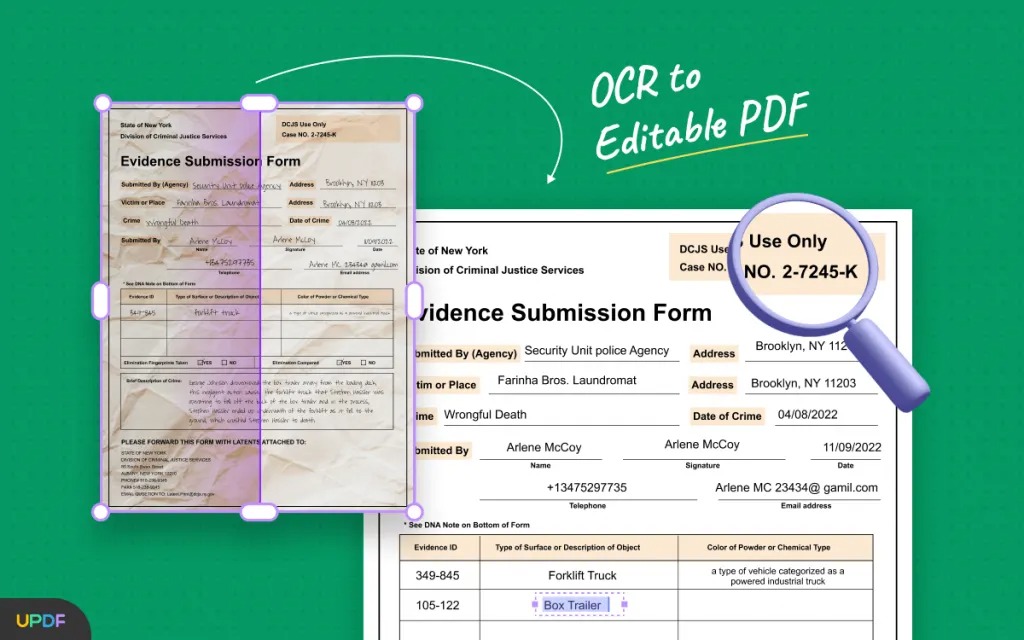In an increasingly digital world where information is abundant and time is limited, efficient note-taking is crucial for productivity. However, typing out lengthy texts or transcribing handwritten notes can be time-consuming and tedious. This is where text recognition technology comes to the rescue, allowing users to extract text from images quickly and effortlessly. Let’s explore how text recognition is revolutionizing productivity by enabling rapid note-taking from various sources.
Understanding Text Recognition Technology
Text recognition, also known as optical character recognition (OCR), is a process that involves converting images containing text into machine-readable text characters. This technology utilizes advanced algorithms to analyze the pixels in an image, identify patterns resembling characters, and translate them into editable text. Whether it’s a scanned document, a photograph of a whiteboard, or a snapshot of handwritten notes, text recognition software can accurately extract the text, preserving its format and layout.
Modern text recognition systems leverage machine learning algorithms to continuously improve accuracy and adapt to various fonts, languages, and writing styles. This ensures reliable performance across a wide range of input sources, making text recognition an indispensable tool for digitizing and managing textual information.
Enhancing Note-Taking Efficiency
One of the primary benefits of text recognition technology is its ability to streamline the note-taking process. Instead of manually typing or transcribing handwritten notes, users can simply capture an image using their smartphone or digital camera and let the OCR software extract the text. This significantly reduces the time and effort required to digitize information, allowing users to focus on understanding and organizing the content rather than copying it.
Moreover, text recognition enables users to capture information from diverse sources, including printed documents, handwritten notes, presentation slides, and even screenshots. This flexibility ensures that no valuable information is lost or overlooked, empowering users to create comprehensive and searchable digital archives of their notes and reference materials.
Integration with Note-Taking Apps
Many note-taking apps and productivity tools now integrate text recognition functionality, providing users with a seamless experience for capturing and organizing textual content. These apps allow users to import images containing text and automatically extract the text using built-in OCR technology. The extracted text can then be edited, annotated, and categorized within the app, enabling users to create structured and searchable notes.
Furthermore, some note-taking apps offer advanced features such as handwriting recognition, which converts handwritten notes into editable text using OCR. This feature is particularly useful for users who prefer to write by hand but still want the convenience of digital note-taking. By combining handwriting recognition with text recognition, users can enjoy the best of both worlds: the tactile experience of writing with the efficiency of digital text.
Practical Applications in Various Industries
Text recognition technology has applications beyond personal note-taking and productivity. In industries such as healthcare, finance, and legal services, where vast amounts of textual information are generated and processed daily, OCR plays a vital role in automating document management tasks. For example, healthcare providers can use text recognition to extract patient information from medical records and insurance forms, enabling faster data entry and retrieval.
Similarly, in the legal sector, text recognition facilitates the digitization of legal documents such as contracts, case files, and court transcripts. This not only improves document accessibility and searchability but also enhances collaboration among legal professionals by enabling seamless sharing and annotation of digital documents.
Conclusion: Unlocking Productivity with Text Recognition
In conclusion, text recognition technology offers a powerful solution for enhancing productivity by simplifying the process of extracting text from images. Whether it’s capturing handwritten notes, digitizing printed documents, or organizing textual information, OCR enables users to create, edit, and manage digital content with ease. By integrating text recognition into note-taking apps and leveraging its applications across various industries, individuals and organizations can unlock new levels of efficiency and productivity in managing textual information. As technology continues to evolve, the potential of text recognition to revolutionize productivity is boundless, promising a future where capturing and managing textual content is faster, easier, and more intuitive than ever before.



